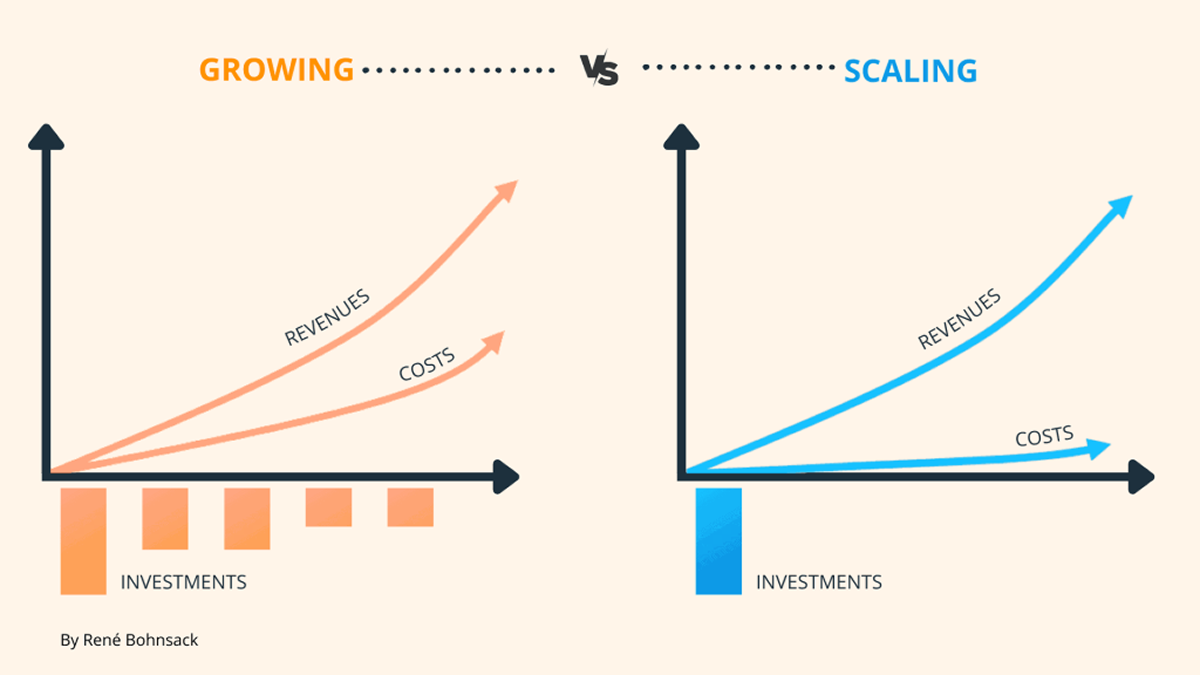Building a D2C Brand That Scales Beyond Founder-Led Sales
When personal relationships can't drive all your growth, here's how to systematize customer acquisition.

Understanding Retail Growth Stages
The retail scaling journey isn't linear, but it follows predictable patterns. Most successful retail founders move through three distinct phases: validation, optimization, and expansion. Each phase requires different metrics, mindsets, and strategic approaches.
In the validation phase, you're proving product-market fit with a single location or channel. You're learning customer behavior, refining operations, and building a sustainable unit economics model. This phase typically spans 12-18 months for physical retail, 6-12 months for digital-first brands.
"I spent two years perfecting our first location before even thinking about a second. That patience saved me from making expensive mistakes across multiple stores."
Jordan Chen, Founder of Origin Coffee
The Five Scaling Readiness Signals
1. Consistent Unit Economics
Your current location or channel should be profitable for at least 6 consecutive months. This means understanding your customer acquisition cost, average order value, lifetime value, and contribution margins at a granular level.
2. Operational Systems in Place
You've documented processes for inventory management, staff training, customer service, and quality control. These systems should be transferable and scalable without your direct involvement in every decision.
3. Market Demand Validation
You have evidence that demand exists in new markets or channels. This could be customer requests for new locations, successful pop-up tests, or strong digital engagement from target expansion areas.

Common Scaling Mistakes to Avoid
The most expensive scaling mistakes happen when founders confuse early success with sustainable systems. Here are the three patterns we see repeatedly:
The "More Locations = More Revenue" Trap
Opening new locations without perfecting the first one dilutes your attention and resources. Each new location should improve your overall profitability, not just gross revenue.
Scaling Without Systems
Your personal involvement shouldn't be required for daily operations. If you can't take a two-week vacation without business impact, you're not ready to scale.
Ignoring Local Market Differences
What works in one location may not translate directly to another. Customer preferences, competition, and operational costs vary significantly by market.
Building Your Scaling Framework
Successful retail scaling requires a systematic approach. Start with these four foundational elements:
The "More Locations = More Revenue" Trap
Opening new locations without perfecting the first one dilutes your attention and resources. Each new location should improve your overall profitability, not just gross revenue.
Scaling Without Systems
Your personal involvement shouldn't be required for daily operations. If you can't take a two-week vacation without business impact, you're not ready to scale.
Ignoring Local Market Differences
What works in one location may not translate directly to another. Customer preferences, competition, and operational costs vary significantly by market.
Your Next Steps
Scaling is a high-leverage decision that will define your business for years to come. Make sure you're ready—and supported. The best founders don't go it alone.
- 6+ months of consistent profitability
- Documented operational processes
- Trained management team
- Market demand validation
- Adequate cash reserves
Ready to Scale with Confidence?
Join a community of retail founders who've successfully navigated expansion. Get the frameworks, peer support, and strategic clarity you need.


